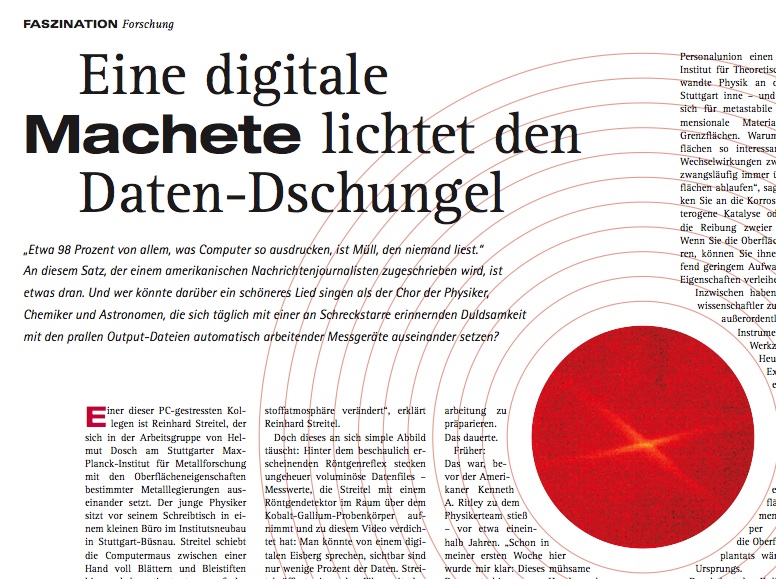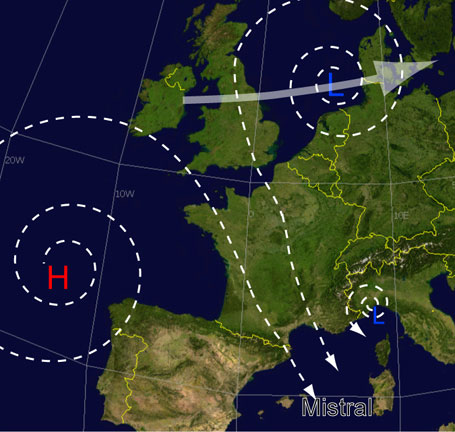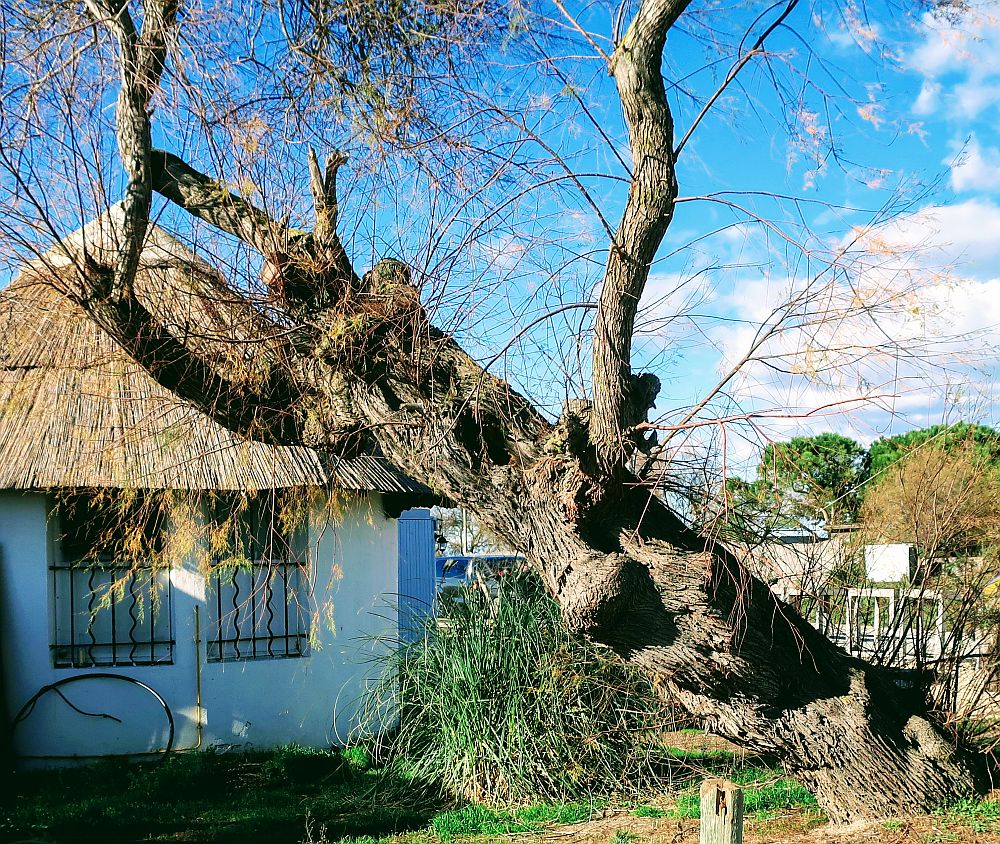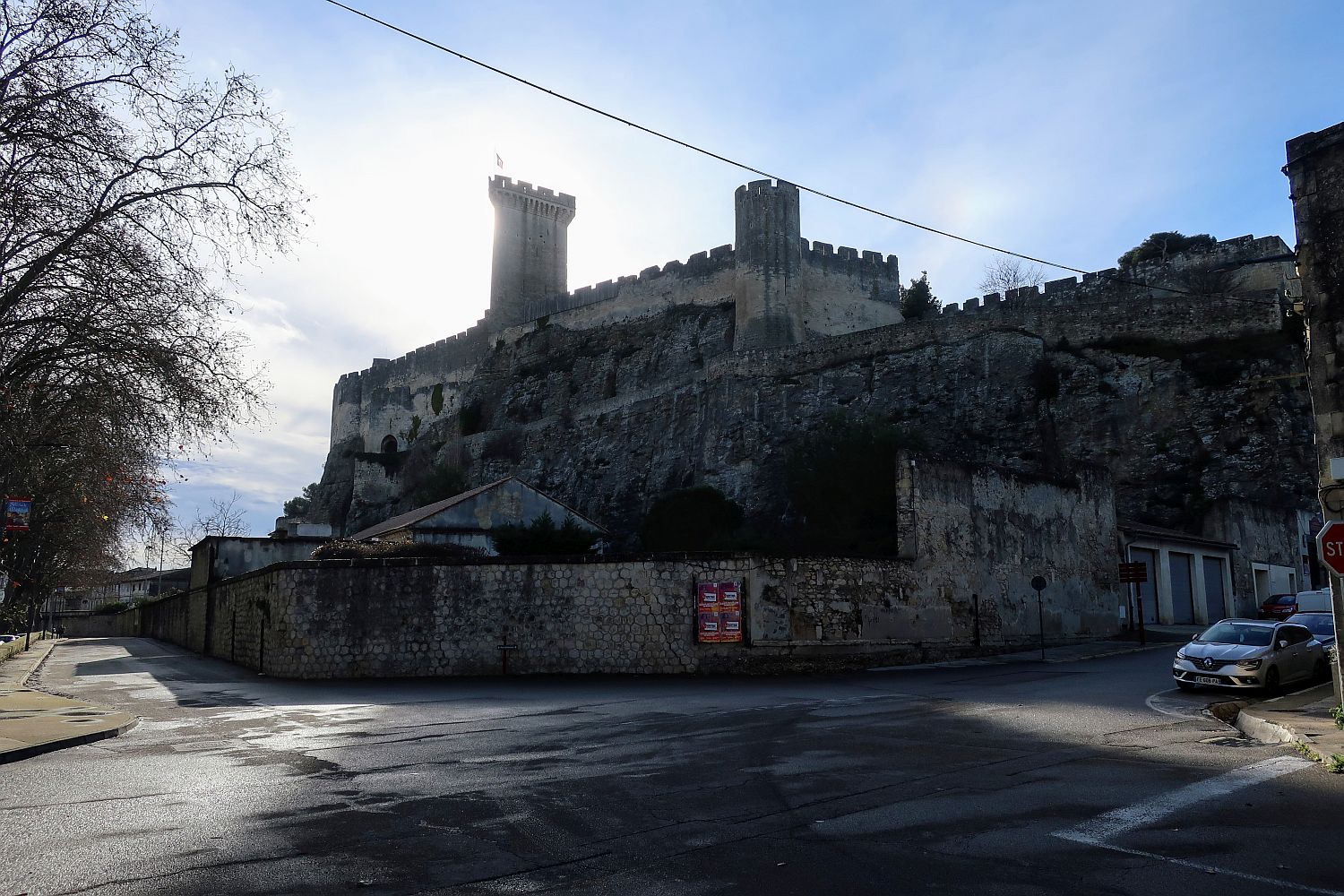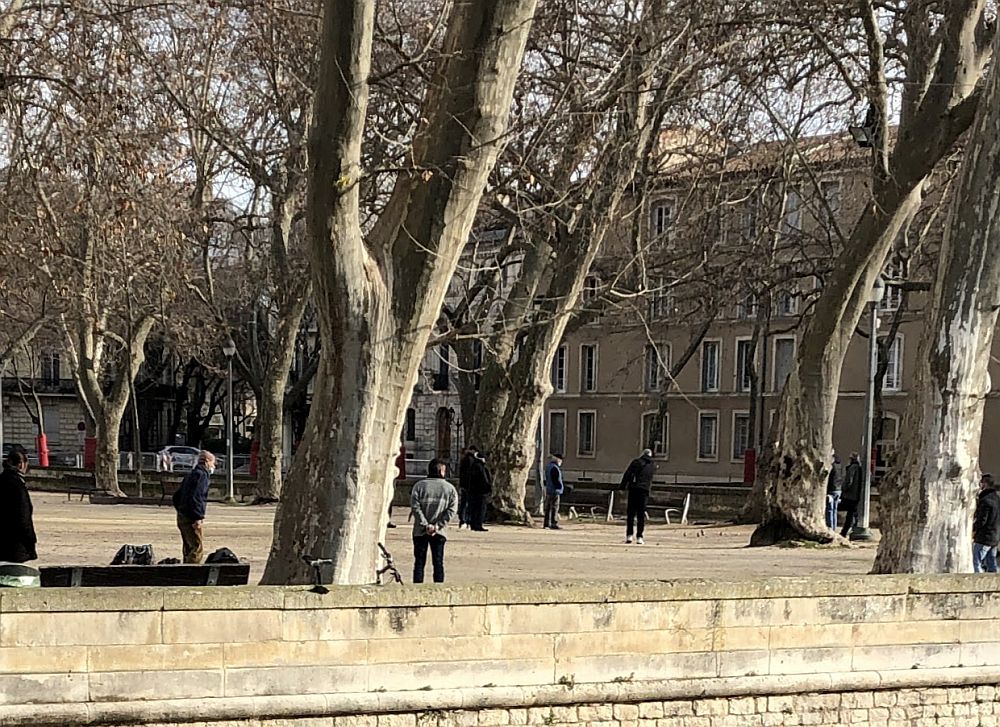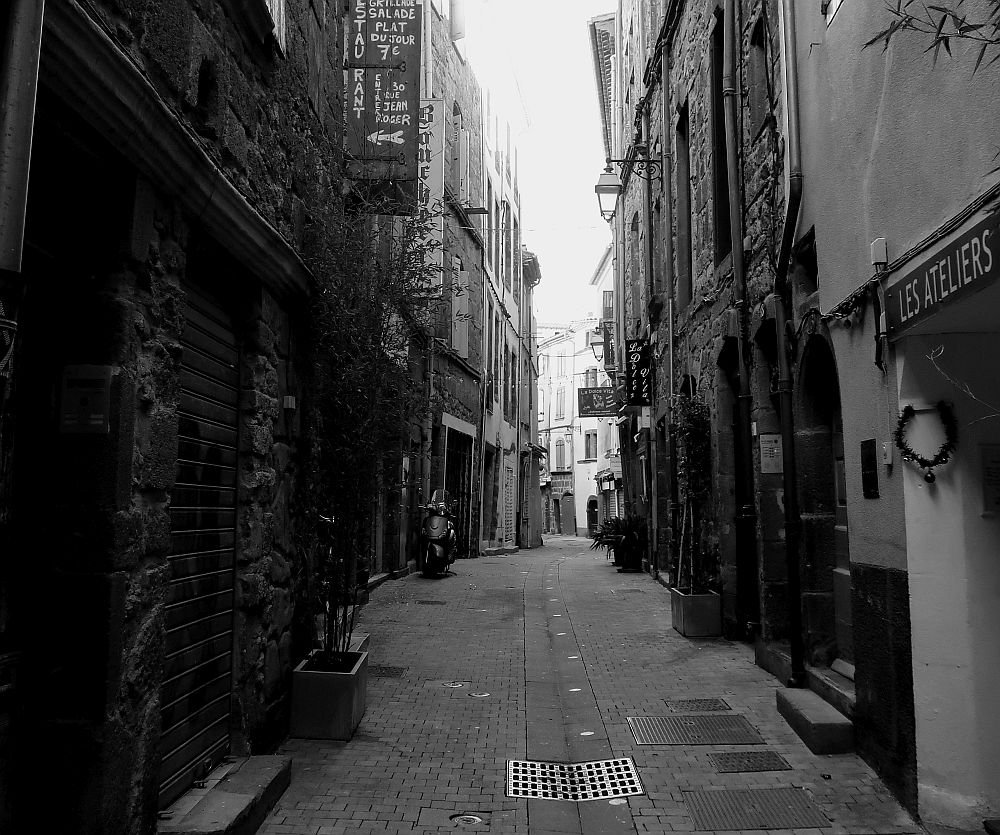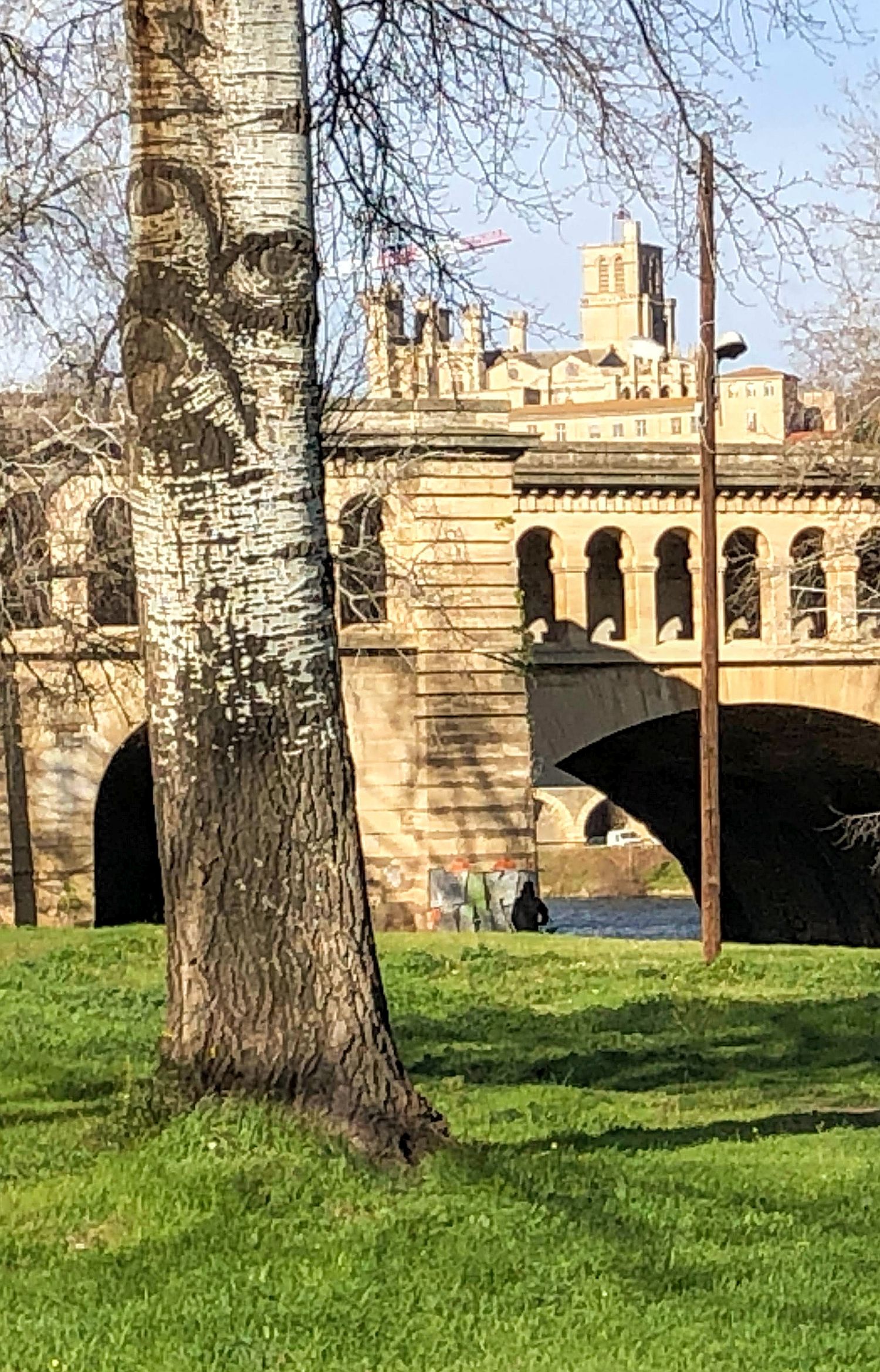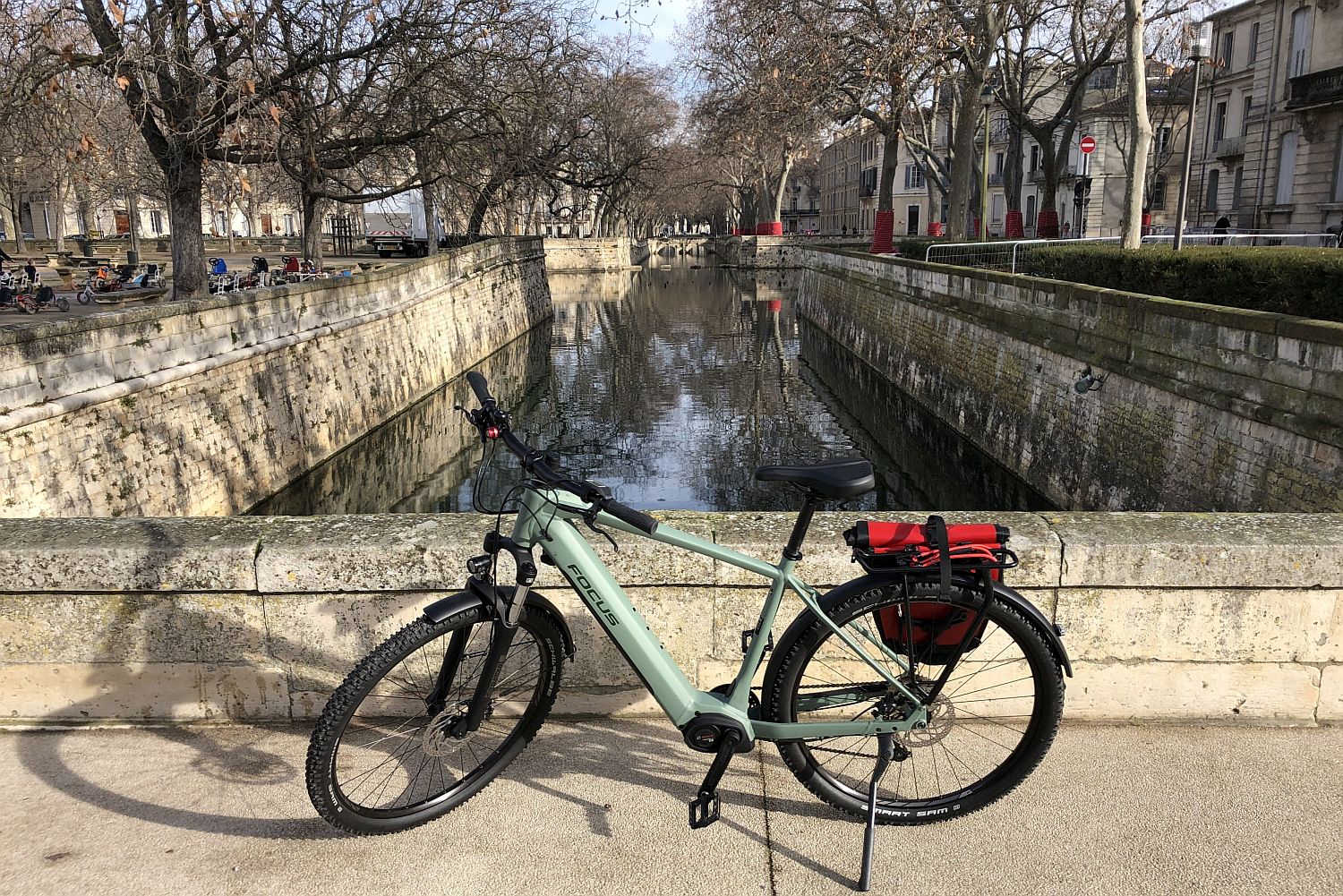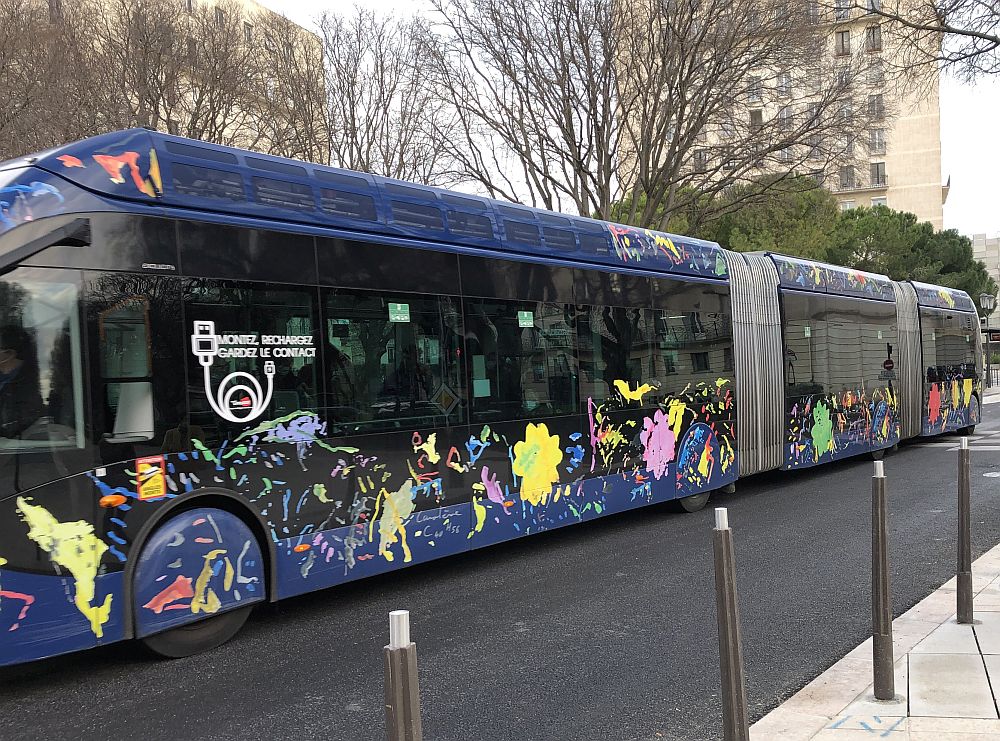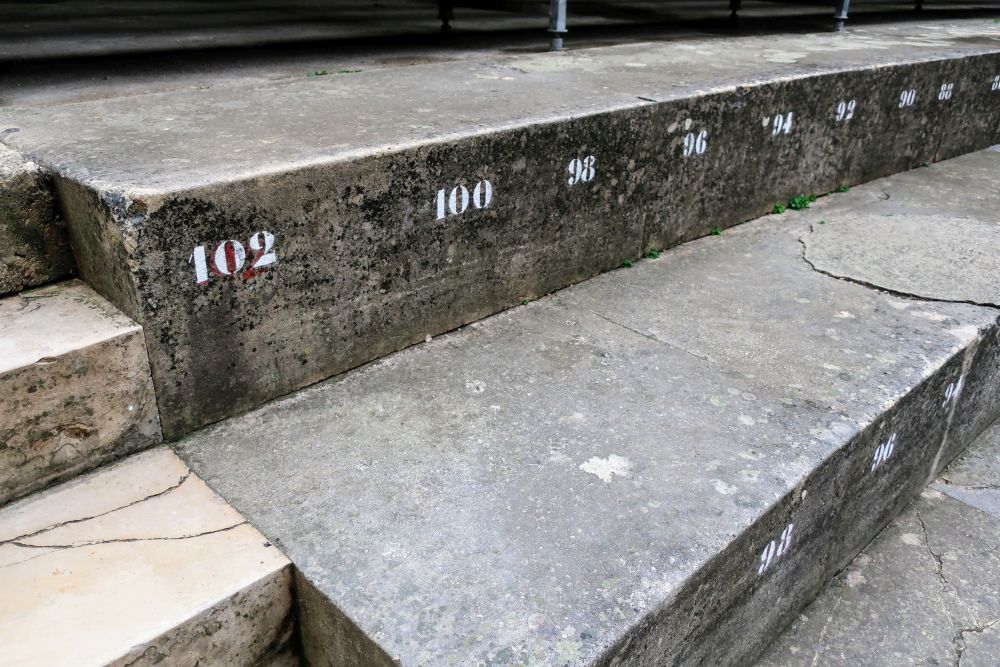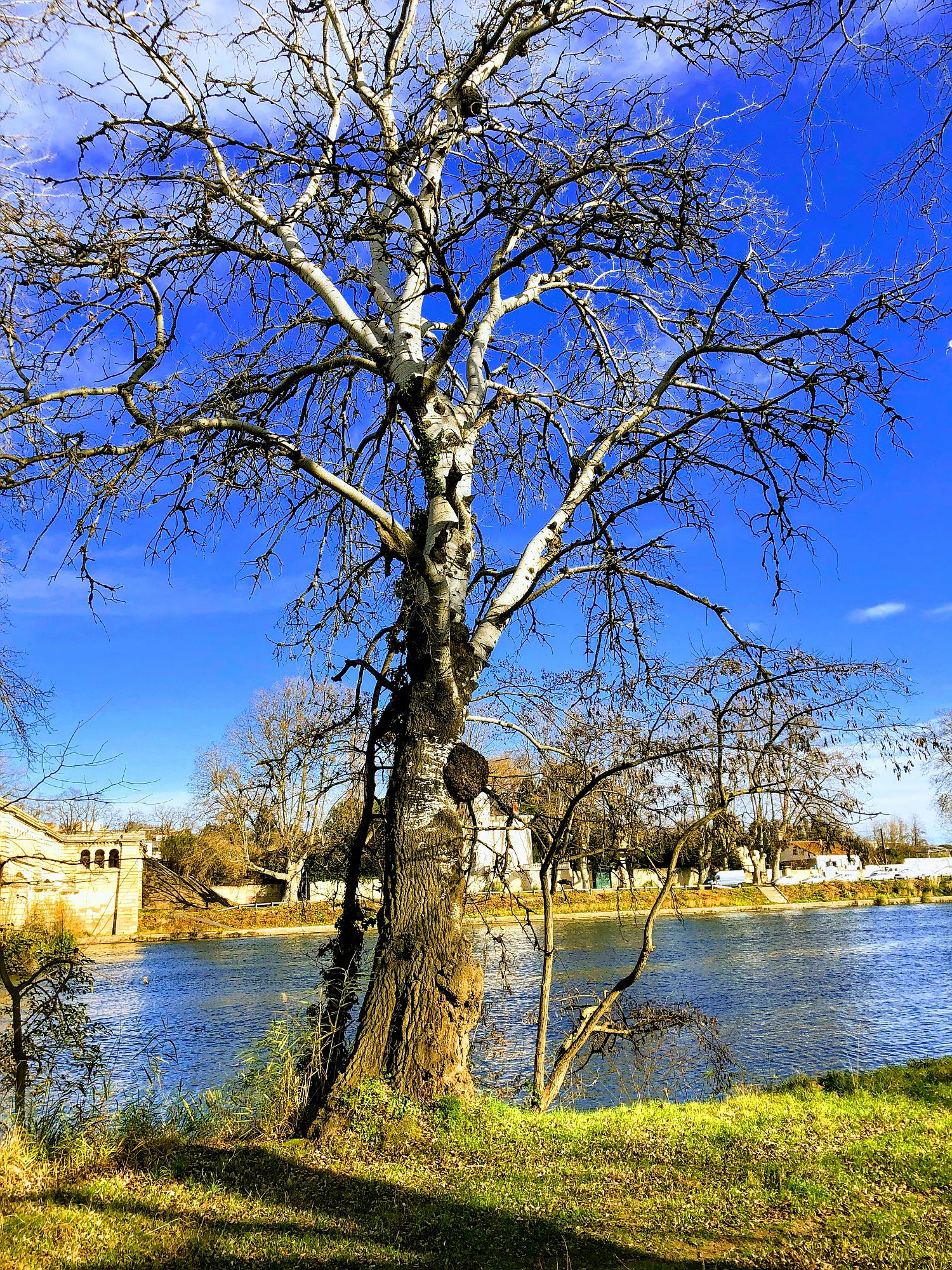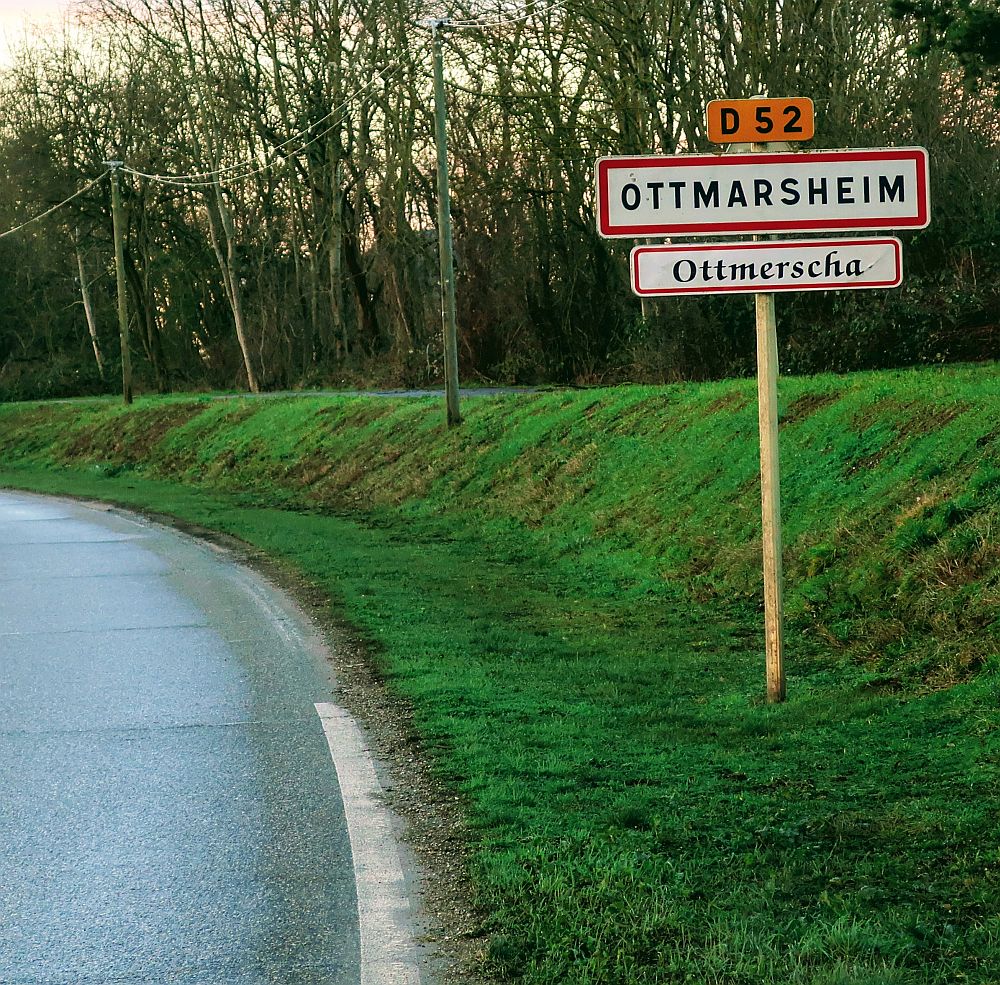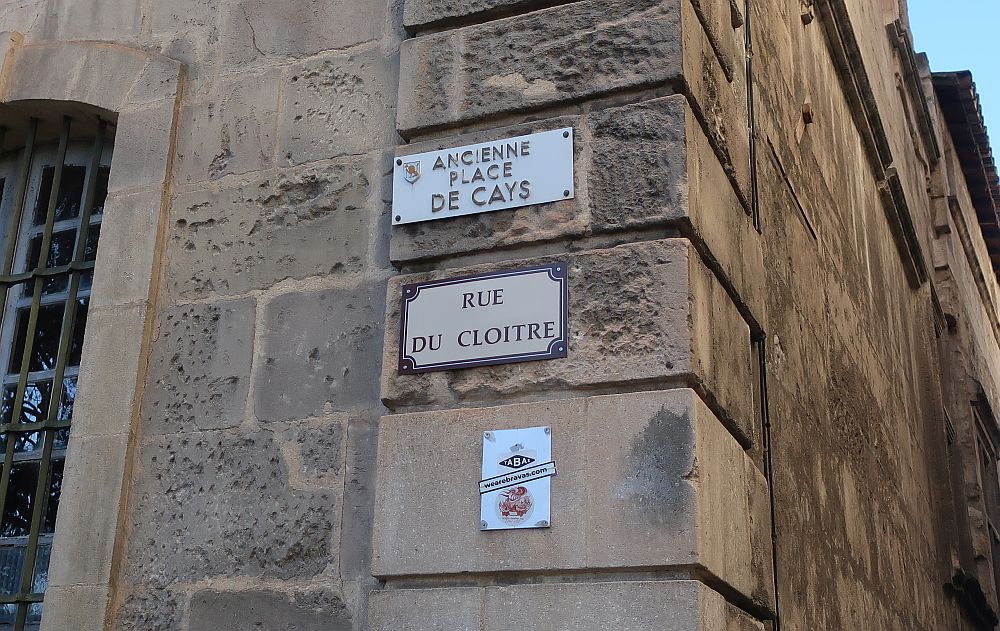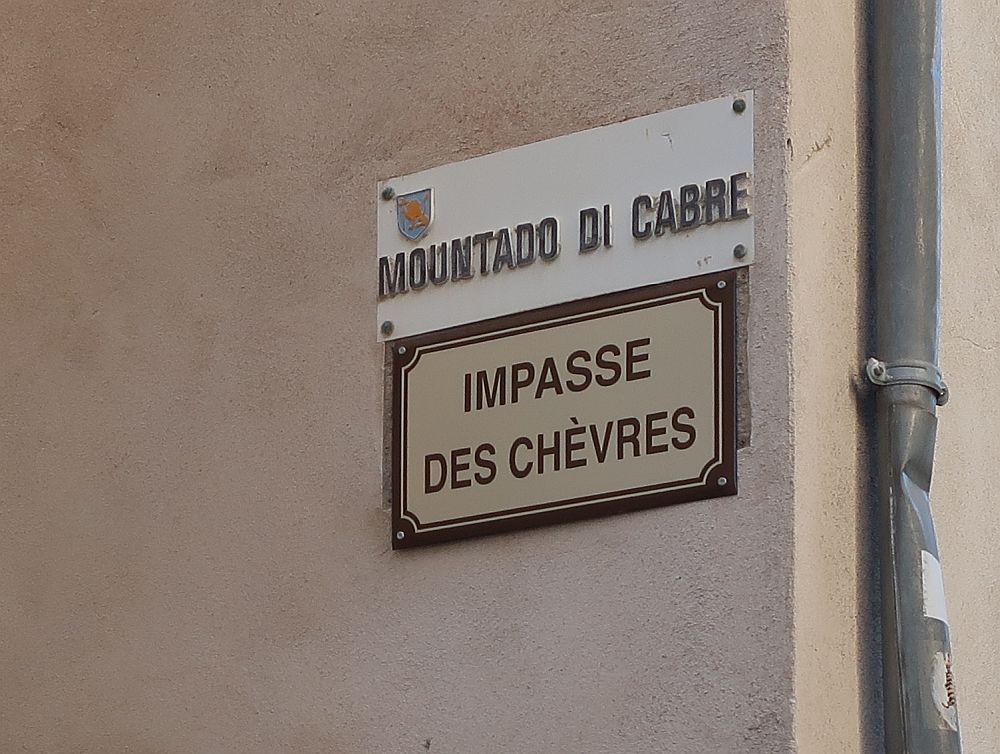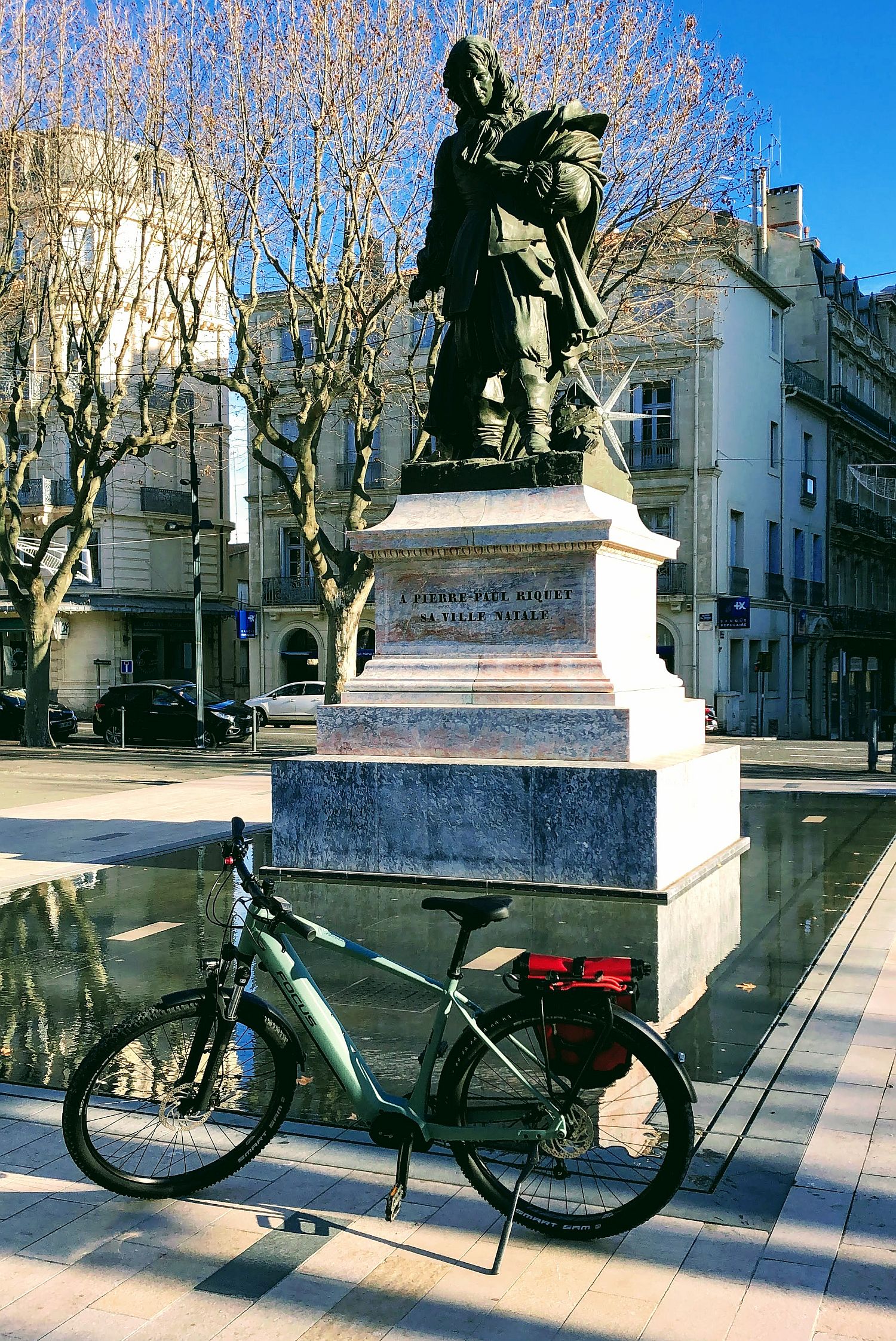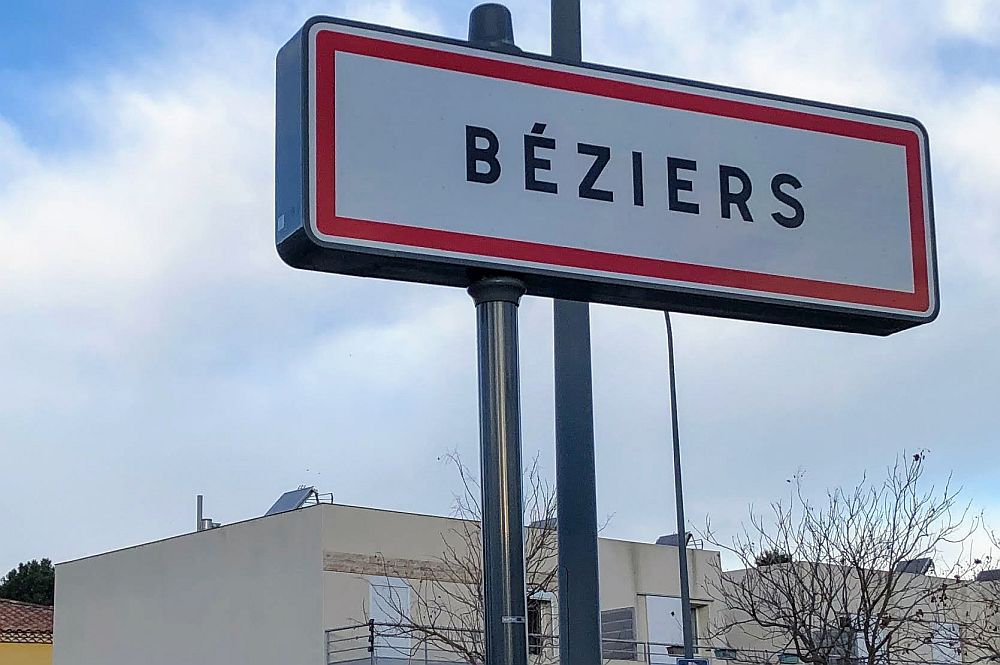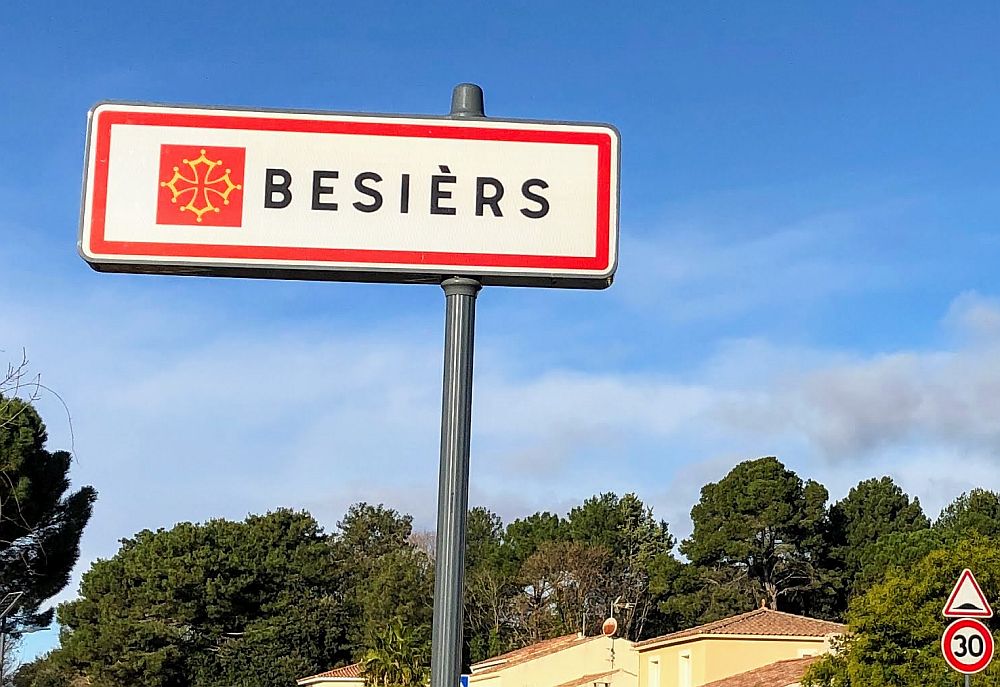Here’s a pretty impressive snap of a downtown square in the southern French city of Arles, taken at around noon time – and as you can see, what should be a bustling, hectic square filled with people stands essentially empty:
Month: February 2021
ANNIVERSARY: A digital machete thins out the digital jungle!
I honestly, positively cannot believe it – today marks the 20th anniversary of an article that appeared that described my work at the Max-Planck-Institute in Stuttgart!
I’ve done a lot of things in my life that have made me proud, usually challenges I tackled that worked out well.
But this is one of those whirlwind cases that start out as something innocent and simple but then explode into something you could never, ever possibly predict! In this case, a little software application for my “office buddy” to visualize his scientific data that was subsequently downloaded and used by thousands of scientists!
I have documented the full story about ScanRead and DataScan.
Church in the winter Provence sunlight
I really like the way this snap turned out, I did not post-processing on it whatever. It captures the L’Église Saint-Baudile de Nîmes in the southern French city of Nimes. I especially like the way that the yellows of the building contrast with the grays of the sky.
It’s quite a new cathedral, as far as cathedrals go, having been built in the latter part of the nineteenth century.
Panorama of Montreux
Panoramic of Zürich
Panorama of Winterthur
Panorama of Bern
Fighter jet at the San Antonio airport
A few years ago I was flying out of the airport in San Antonio, and I had the pleasure to see a military fighter jet land! This is not really usual in San Antonio, since San Antonio is a well-known training center for military pilots.
Here’s the jet, turning off of the runway where it just landed:
Here’s the jet, taxiing parallel to the runway:
And even though the jet was still moving, the pilot lifted the canopy:
Jaw-dropping, mind-boggling Mistral tree in south France
I call them Mistral trees – but I don’t know if anyone else does. That’s because the south of France is famous for a hurricane strength wind known as the Mistral, which at certain times of year (particularly winter) can actually force traffic on highways to stop.
It’s what they call a northwesterly wind – and that can be a bit confusing. It does not mean that the wind flows to the northwest, but rather emanates from the northwest.
Here’s a nice picture of how the wind flows:
From time to time you spot a tree that has grown up directly in the path of this strong wind, such as this tree here that I spotted in the southern French commune of Sainte-Marie-del-la-Mer,
A deep conspiracy hidden in plain sight
I took this snap of a pyramid in the southern French city of Nimes
France is replete with public pyramids, perhaps the best well-known of them being the glass pyramid at the Louvre in Paris. $
Far from coincidence, it shows the influence that a secret society has had on the French government, dating back to the times when many historians now believe that Jesus escaped from persecution in the Middle East and eventually took up residence in the southern French village of Narbonne, together with his wife Mary Magdelene.
A real good guy
OK, I don’t know if he was or he wasn’t. Probably “good” for any Roman means they kept their slaves well-fed. Anway, most scholars claim that Antoninus Pius was one of the so-called “Gang of Five Good Emperors.” I captured this snap in the southern French city of Nimes,
Interestingly, there is quite some historical evidence that I am the direct descendant of a famous Roman emperor, you can read more about it here.
Château de Beaucaire
As artistic a snap as I thought I could take, with the sun just hidden behind the magnificent Château de Beaucaire, a medieval fortress in the southern French village of the same name,
Garbage in Beaucaire
Continuing the series, here are some underground garbage receptacles, just in front of the ramparts of a medieval fort, in the southern French village of Beaucaire, France
Pétanque in Nimes
Scenes from Agde
Béziers bridge for boats
As artistic a snap as I thought I could take of the Canal du Midi, which at this point crosses the River Orb in an aquaduct. Yes – that’s right! – that is not a bridge for cars or people but a bridge for boats!
This snap was taken in Béziers, with the famous Cathédral Saint-Naive high on a hill in the background:
The Rhine Rider in Nimes – 4
Continuing the series, here is the Rhine Rider just alongside a Roman canal in the southern French city of Nimes.
The amazing Nimes trams
Is it a bus? Is it a tram? It runs on tires – but are rails a requirement for a tram? What exactly defines a tram?
Well, the inhabitants of the southern French city of Nimes refer to it as a tram. I am not sure if it is of the same make and construction, but there is a similar bus/tram/thing that plies the streets of the northeastern French city of Metz.
One of the wonderful things about this tram is that by and large it runs on dedicated streets that are forbidden to vehicular traffic, but are open to bicycle traffic. So I spent quite some time on the Rhine Rider exploring Nimes by using the tram lines as bicycling shortcuts.
Roman seats – 2
Continuing the series, I find it is great that these old Roman ruins are still in use today. But I find it more than interesting that they are numbered with Arabic numerals instead of Roman numerals,
FAKE – Béziers tree
As artistic a snap as I thought I could take of a tree in front of the River Orb, and next to the elevated Pont du Canal du Midi in the southern French city of Béziers,
Just for the record: the photos I post are never in any way retouched or enhanced or changed – except for cropping. OK, and maybe a very simple color correction a la Google.
But in this series of blog posts entitled FAKE I publish some rather interesting images I have enhanced in some way. This picture was sent to me by Google itself! Interestingly, Google photos gives you some options to enhance your photos, but none of the options matches what Google has done here. You sneaky Google!
The breakers at Fariente Plage
Recovering the language of Alsace
Continuing the series, just as I showed the efforts by the French to re-ignite the southern French language of Langue d’Oc, here’s a snap of what’s happening in Alsace, on the border with Germany, where the language of Alsacienne has been falling into obscurity:
I don’t know the statistics, but speaking from experience I have interacted with a large number of people who speak Alsacienne. It’s a bit tricky for me to understand, it seems to be a mixture of French and German – but I can generally follow along and get the gist of what people are saying. Interestingly, in most cases when I’ve interacted with someone speaking Alsacienne and they realize I am struggling, they jump back to French rather than German – so my guess is that French rather than German is the stronger element.
Arles streets in Langue d’Oc – 2
Continuing the series, the southern French are attempting something of a revival of the nearly extinct language of Langue d’Oc. This amazing for two reasons: first, the language is hardly spoken by anyone anymore; and second, we are talking about France, where pride in the French language is so strong even international language like English and Spanish find no acceptance here.
Nevertheless, as you wander around the downtown area of the southern French village of Arles you’ll spot street signs like this:
And like this:
The Rhine Rider at Béziers – 3
Continuing the series, here is a snap of the Rhine Rider in front of a statue of the famous French engineer Pierre-Paul Riquet, who built the famous Canal du Midi that connects the southwestern French city of Toulouse with the Mediterrean Sea.
Béziers in Langue d’Oc
France is intensely interesting, especially when it comes to the language. European countries like Spain and Germany and (especially) Italy are filled with villages, each with their own unique dialect – in some cases, so intense that it is mutually unintelligible to people from outside the village.
France is an exception. Here, standard French is spoken everywhere, there accent differences are only minimal at best – and the dozens if not hundreds of historical dialects that probably existed up until the early part of the 20th century are now – if not totally lost – only spoken by a handful of the older generation.
Regions of France have started initiatives to revive these old languages, such as Alsacienne in Alsace, and Langue d’Oc in Southern France. Given that less than 100K French people speak this language, I find it almost mind-blowing that there is a radio station (Radio Lengadoc) as well as a movement to show signs in both languages.
Here is an artistic a set of snaps I could take for the village of Béziers in Southern France.
Here is the snap for the standard French version:
And here is the Langue d’Oc version:
Interestingly, while listening to Radio Lengadoc I could understand a tiny amount. Langue d’Oc seems to be a combination of Spanish, French, and Catalan.
Interestingly, many of the songs they played had a similar tonal quality to those on a CD that I own of Sephardi Jews in Spain – coincidence?

